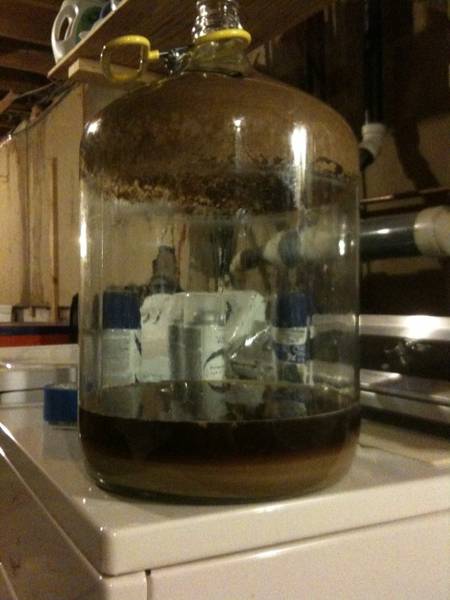Hi there,
I have three AG batches under my belt and am learning as I go using my RIMS I built and everyone's advice from this board. I have made a raspberry wheat that was cloudy (wheat which is expected) and a newcastle clone that was darker than normal from me tweaking the recipe....but still a bit cloudy. I have a 16g FB in my MLT and I use bags for all hops and all additions.
I normally add whirlfock at the 15 min boil, ferment in a sanke for 3 weeks, cold crash for 48 hours in the sanke, rack from the top using C02 as it feeds into my cornies and very careful with getting any visible debris inthe transfer tube as I transfer.
WHAT AM I DOING WRONG?
Thanks
Joe
I have three AG batches under my belt and am learning as I go using my RIMS I built and everyone's advice from this board. I have made a raspberry wheat that was cloudy (wheat which is expected) and a newcastle clone that was darker than normal from me tweaking the recipe....but still a bit cloudy. I have a 16g FB in my MLT and I use bags for all hops and all additions.
I normally add whirlfock at the 15 min boil, ferment in a sanke for 3 weeks, cold crash for 48 hours in the sanke, rack from the top using C02 as it feeds into my cornies and very careful with getting any visible debris inthe transfer tube as I transfer.
WHAT AM I DOING WRONG?
Thanks
Joe




